
Section C Old Testament
Chapter 18 - Gihon Springs
The main water source of the original City of David was the Gihon Springs located at the base of the eastern slope of the city in the Kidron Valley. The Gihon Springs provided water year round by gushing forth several times a day. This water then naturally flowed into the Kidron Valley. In the earliest days of Jerusalem’s occupation, reservoirs where built to collect the water from the Gihon Springs. Three systems were eventually designed to use this water:
1. Warren's Shaft
2. Siloam Channel (Tunnel)
3. Hezekiah's Tunnel
These three water systems continued to bring water to the city of Jerusalem until the days of the Hasmoneans and Herod. During the last century BC and the first century AD, aqueducts were built to transfer water into Jerusalem from the southern hill country of Judea from around Hebron and Bethlehem.
Warren’s Shaft was discovered in 1867 by Charles Warren. The shaft has a rock-hewn opening with steps descending into a horizontal tunnel that runs for about 135 feet to a depth of about 42 feet. The tunnel ends at the top of a vertical shaft that goes straight down into the Gihon Springs about 40 feet below. This 40 foot vertical shaft was used to draw or pump water up the shaft where it could be collected by people who had descended down the stairs and though the 135 foot horizontal tunnel. A hydrogeological survey of this water system revealed that both the vertical shaft and the horizontal tunnel were natural openings that were adapted and cut wider by ancient city planners. This is the water shaft used by David and his men to enter and attack Jerusalem when it was occupied by the Jebusites in 2 Samuel 5:8:
“And David said on that day, ‘Whoever would strike the Jebusites, let him get up the water shaft to attack.’”
The water from the Gihon Springs followed a natural tunnel to the base of the shaft discovered by Warren. This shaft was developed from a natural sinkhole that extended down to the natural tunnel of water from the Gihon Springs. City planners widened the sinkhole and developed a tunnel to reach it from the upper ground level of the city from within the city’s walls. Warren’s Shaft functioned like a well. A person at the top of the shaft in the inclined tunnel could lower a bucket on a rope to the bottom of the 40 foot shaft to get fresh water from the reservoir below. A person could reach this inclined tunnel by entering a vaulted chamber from the ground level, walking down a steep, stepped tunnel, then using a ladder to descend a nine-foot sharp drop to arrive in the inclined tunnel. The entrance
to this water system was within the city walls, while the Gihon Springs were outside the walls.
Joab could have entered the city through Warren's Shaft, or he may have used the natural tunnel before it was blocked (see diagram and photo above), to access the inclined plane and ascend into the city.
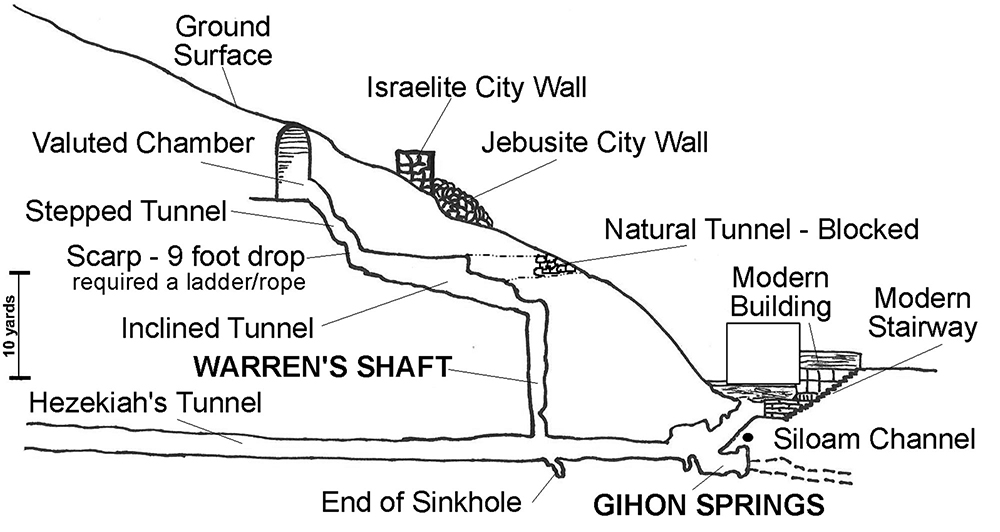
Details of the natural water supply from the Gihon Springs and the water system developed by the Jebusites, David, Hezekiah and others. This Gihon Spring still fills the water system today.
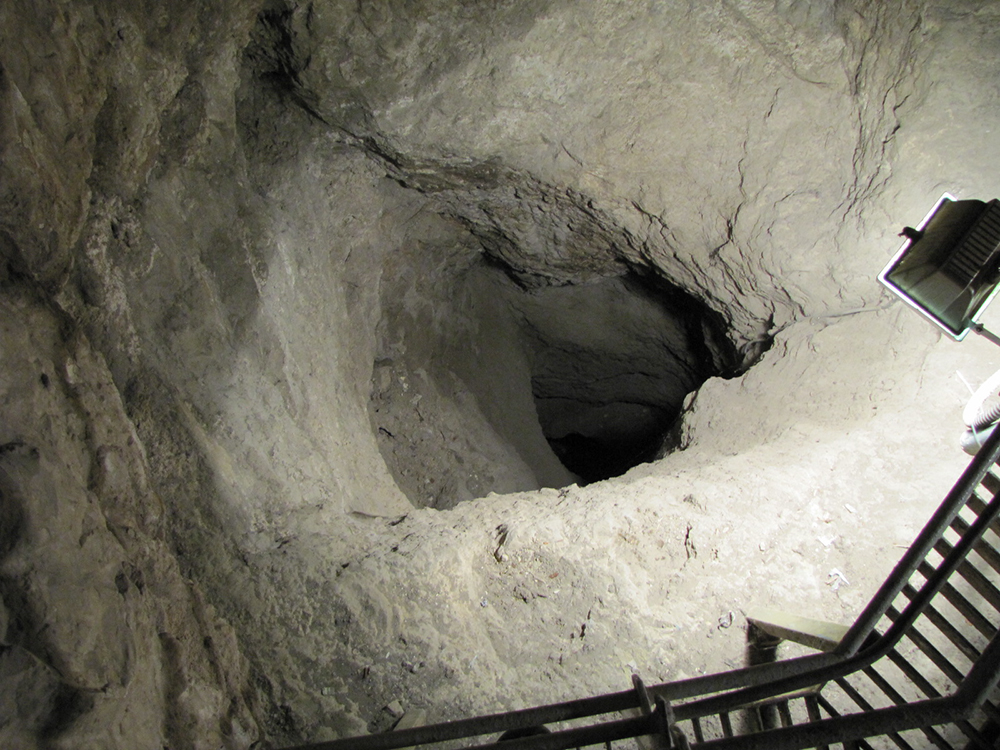
The vertical shaft seen above, known today as Warren’s Shaft, was used by the Jebusites to get water from a reservoir located below the city. The water from the Gihon Springs filled the reservoir. Joab followed David's advice and led a division of soldiers up this shaft and into the city of Jebus, or Jerusalem, around the year 996 BC.
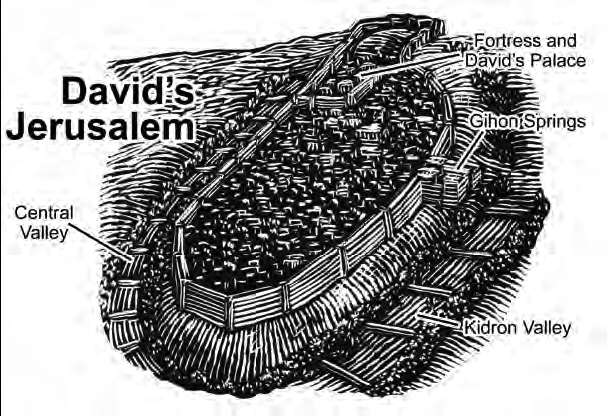
The City of David, formerly called Salem and Jebus, sits on the southern part of the Eastern Hill or the eastern ridge with Mount Moriah further up on this same ridge to the north.
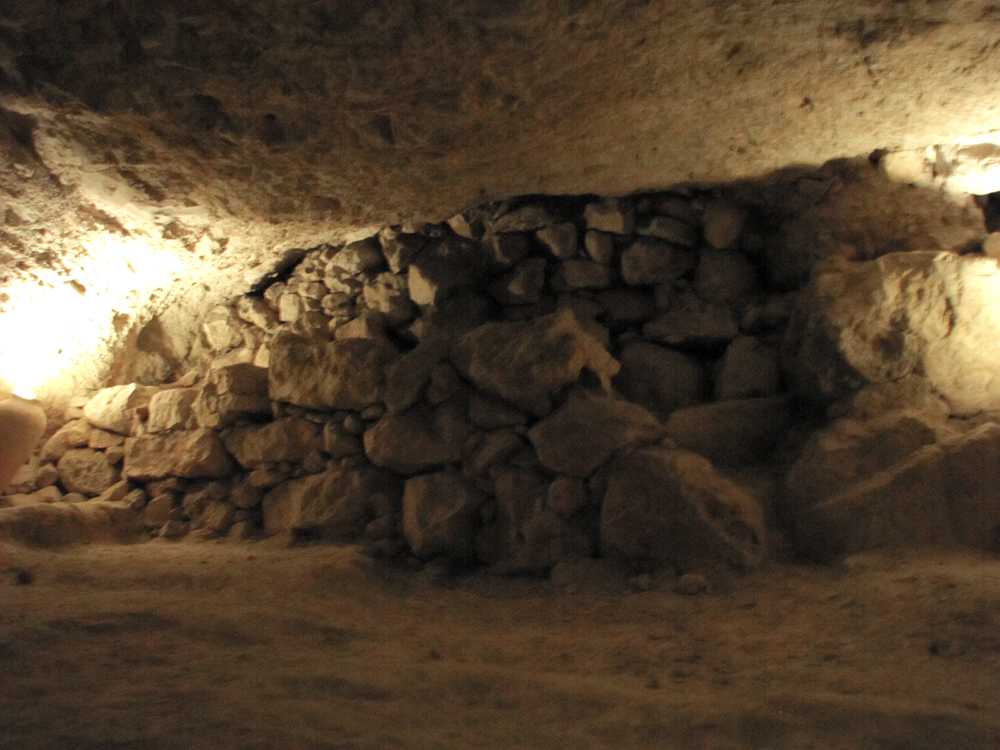
The "natural cave" shown in the diagram above that was blocked. This photo shows it from the inside.
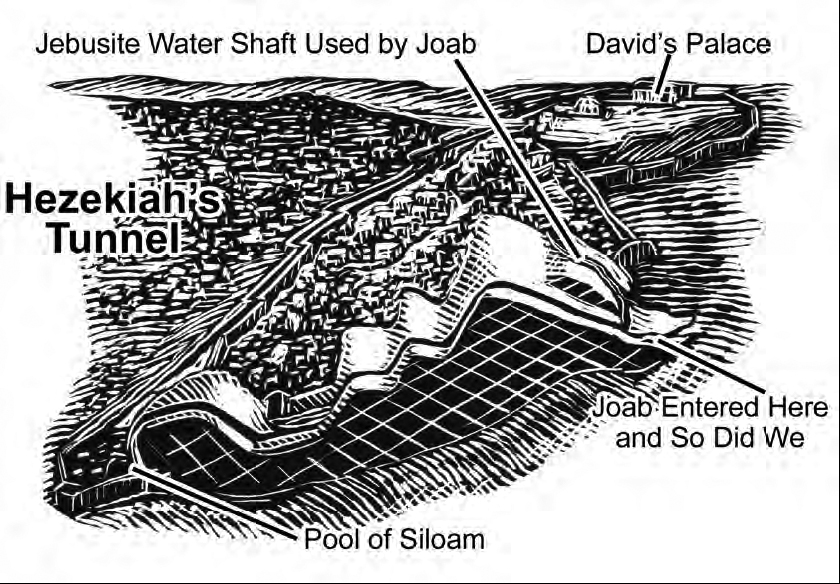
Details of the water system and the City of David.
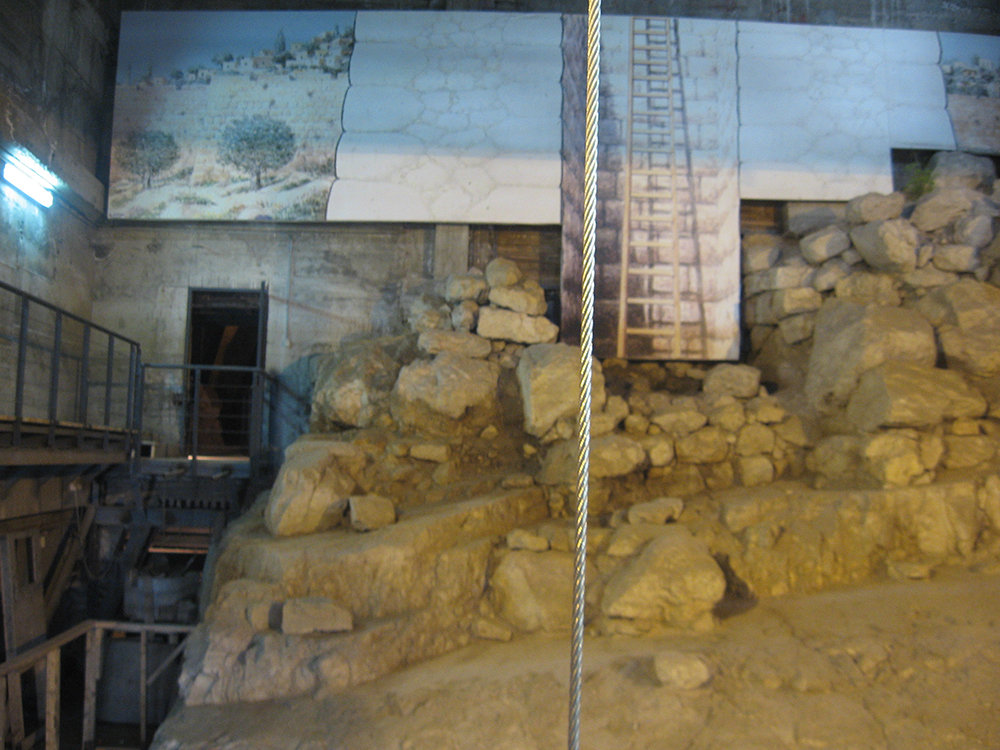
This is a view of one of the two towers in the Gihon Tower excavation in 2007, looking from the Kidron Valley toward the city wall.
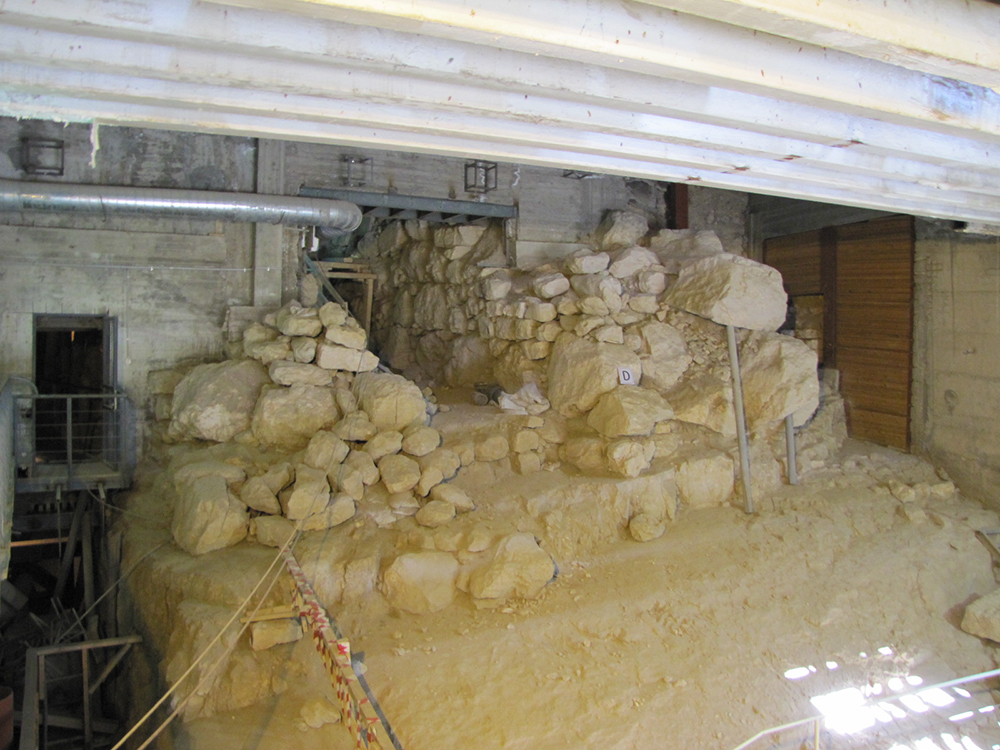
This photo was taken from the same location in the Gihon Tower in 2010. Excavation has made some progress by discovering a walkway along the top of a wall in the Gihon Towers. (See images below to compare the progress of the excavation.)
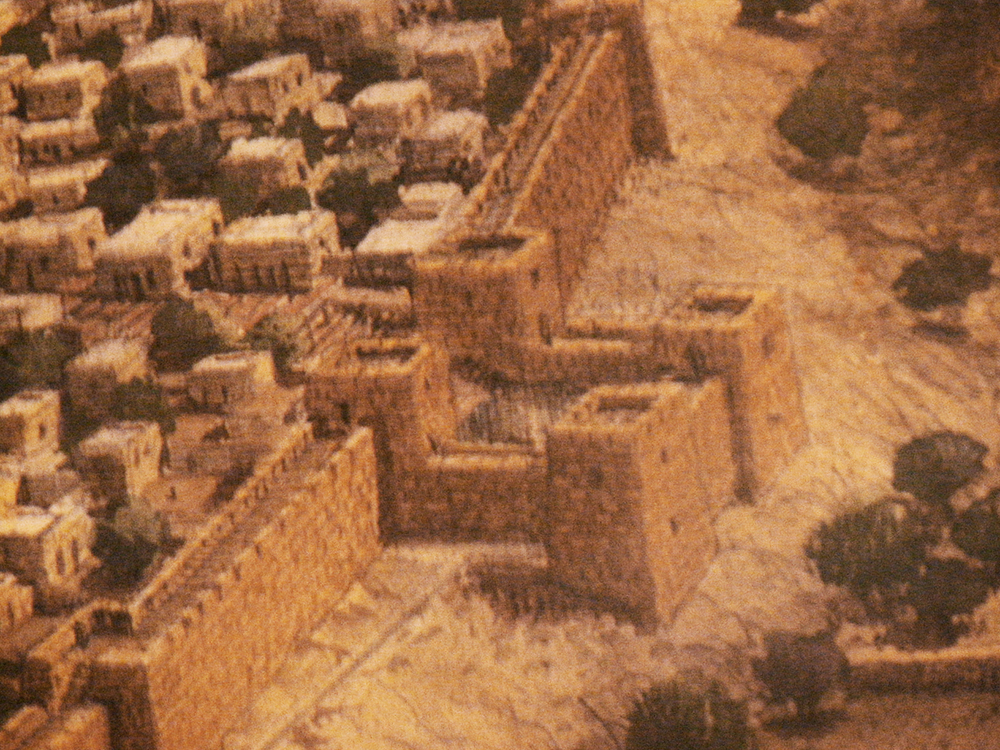
Artist's conception in 2007 of the Gihon Springs Towers
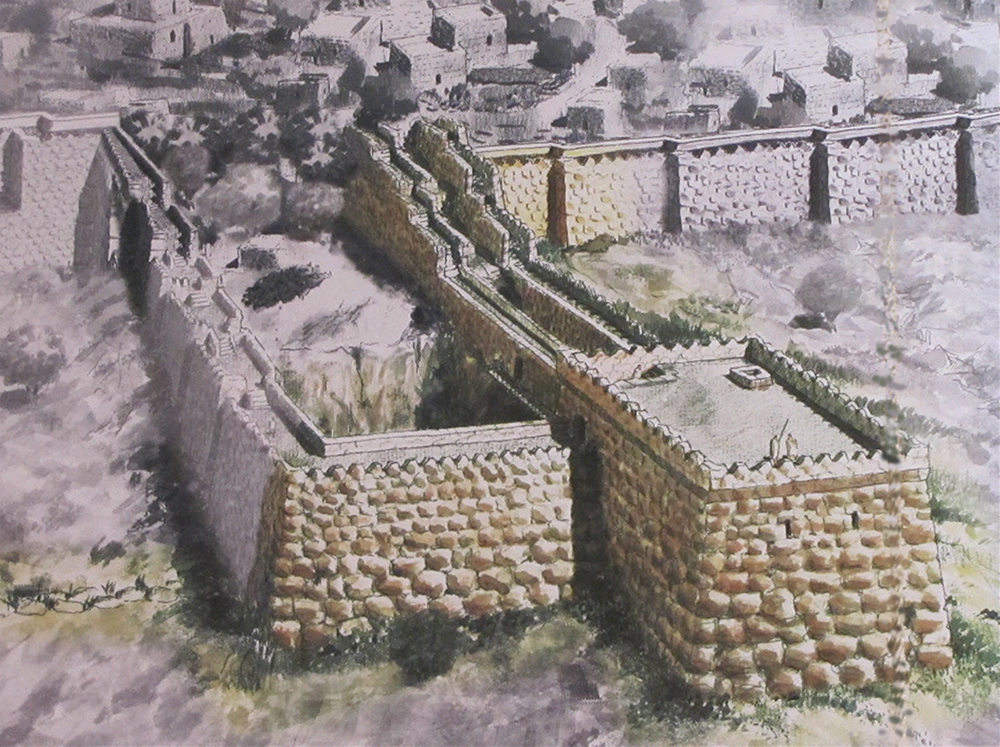
Artist's conception in 2010 of the Gihon Springs Towers
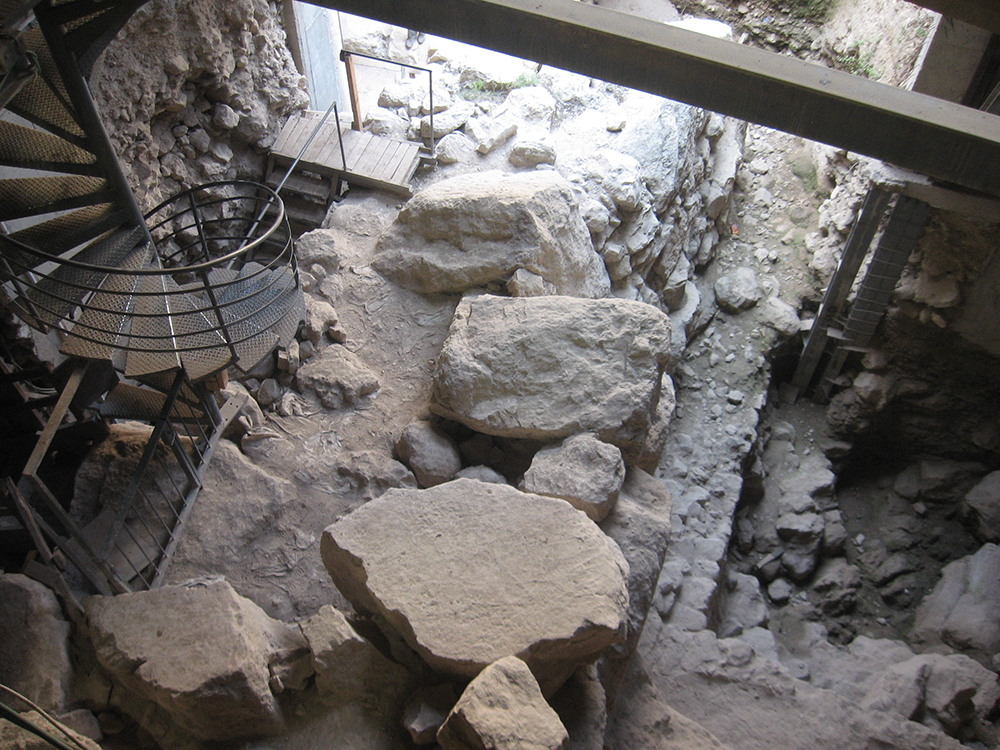
Looking down on the remains of the Gihon Towers that extend toward the Kidron Valley and enclose the Gihon Springs for protection.
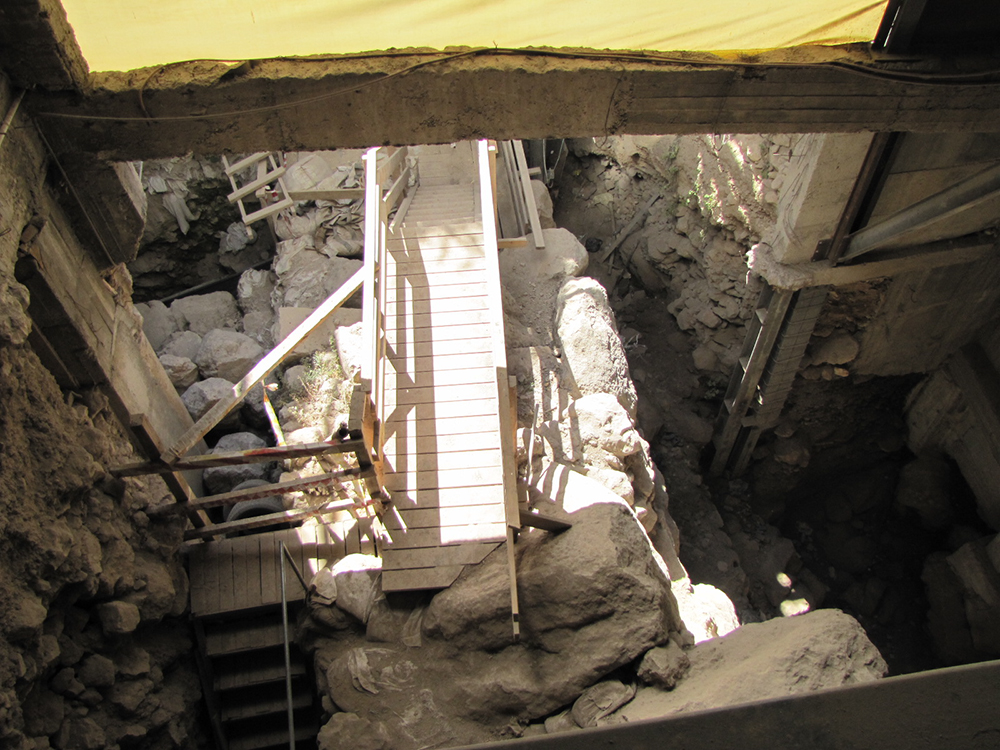
Excavation of the Gihon Springs and the Gihon Towers
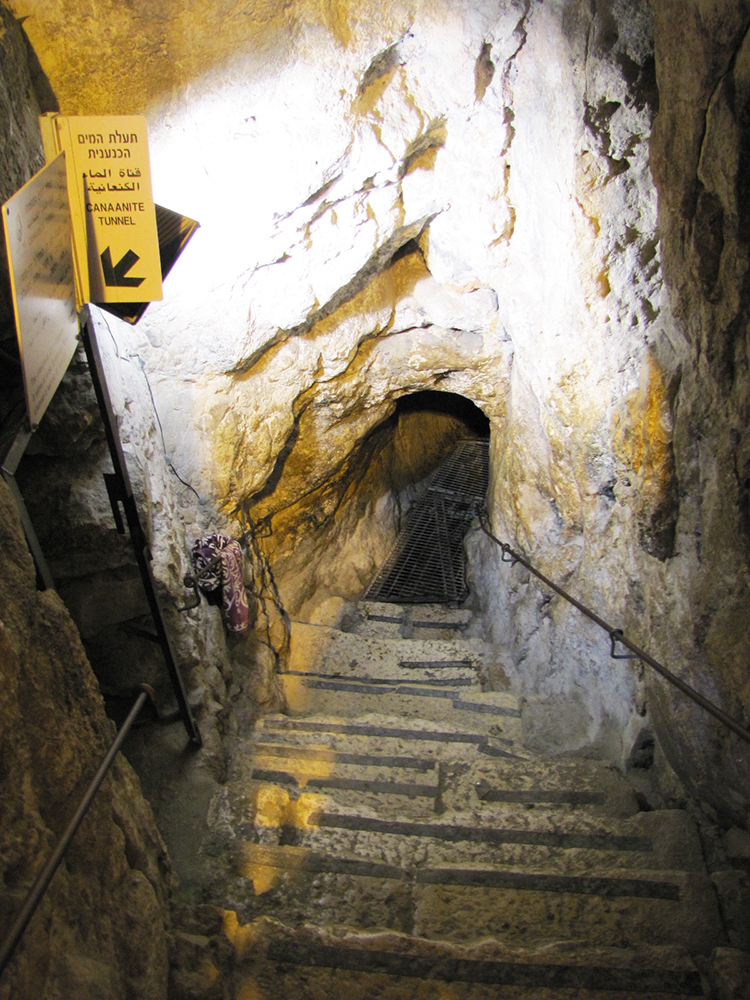
Excavation of the Gihon Springs and the Gihon TowersStraight ahead to Hezekiah’s Tunnel (701 BC). Turn left to enter the Canaanite Tunnel (1200 BC or earlier) cut before the time of David.
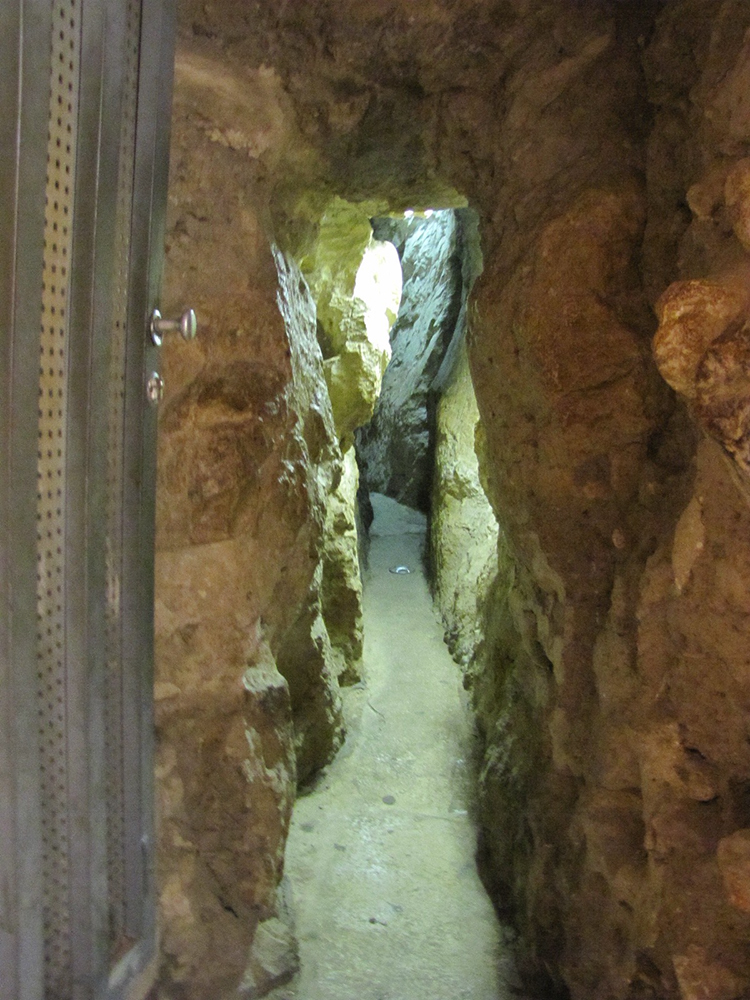
This channel is called the Canaanite Tunnel. It is 394 feet long and takes about 10 minutes to walk through today.
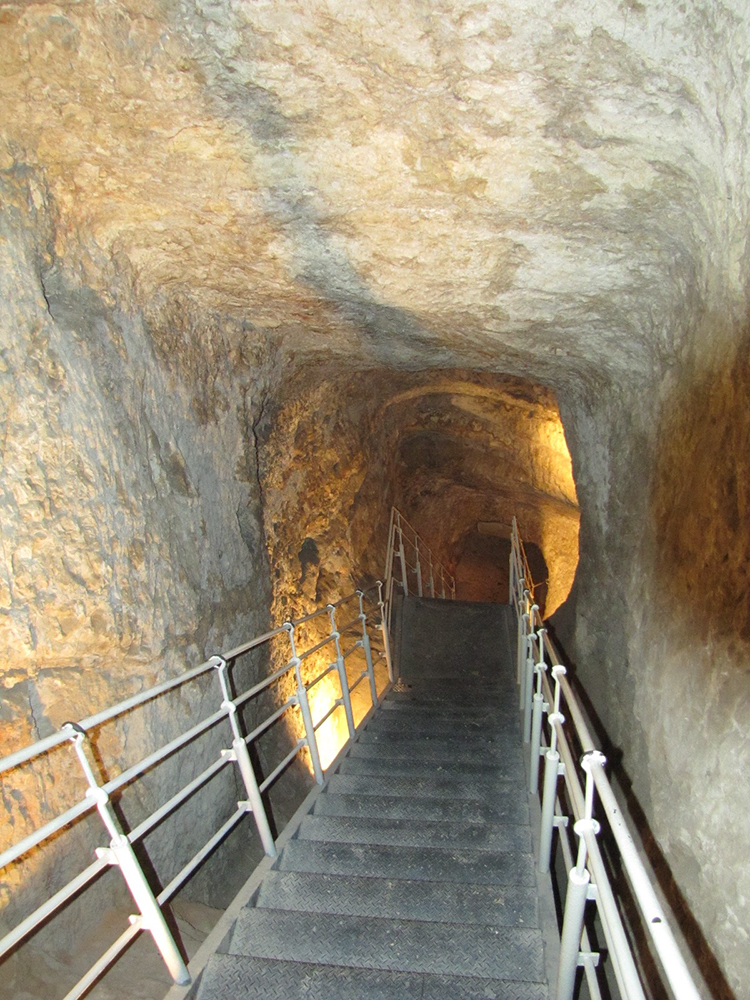
Descending to the Gihon Springs and the tunnels cut into the bedrock under the City of David.